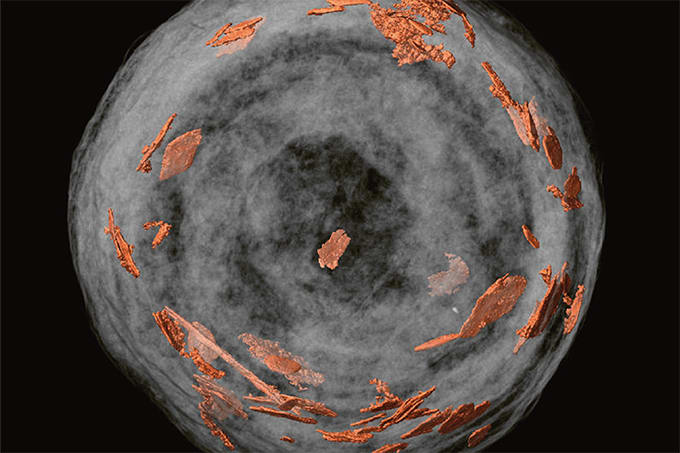
How would you describe the oligonucleotide development – and analysis – landscape?
Since the coronavirus pandemic, oligonucleotides have been one of the hottest topics in molecular biology and therapeutic research. The ability to design customized DNA or RNA strands, specifically for a molecular target or individual patient, sounds almost like a sci-fiesque concept that is now becoming reality. Whether it’s personalized cancer therapies, or mRNA as a basis to synthesize proteins at the site of action, the number of versatile applications is growing exponentially.
Given that many applications arise in regulated environments, where quality and safety are key issues, it is essential to analyze oligonucleotides both precisely and reliably. This isn’t always a simple task, however, as the extremely polar and often long-chain oligonucleotides often differ by just a single base in length or single modification of synthesis by-products. UHPLC-MS is usually the most appropriate method to analyze the impurities, both qualitatively and quantitatively.
What limitations do researchers face with traditional columns for oligonucleotide analysis?
Due to their polarity, classic reversed-phase separations do not work on oligonucleotides. Therefore, the negatively charged phosphate backbone is exploited and separation is instead achieved via the charge. Classic anion exchange (AEX) columns are used for large-scale purification because they have a higher loading capacity – but on an analytical scale, these methods are often too timeconsuming, as well as inaccurate. Poor MS compatibility also makes AEX less attractive for analysis. HILIC enables very high precision for complex separation problems, but the methodology is neither robust, nor particularly effective. Additionally, HILIC columns have limited pH stability in the alkaline range, which often makes them an unattractive option. For several years now, ion pairing reversed phase (IP-RP) chromatography has been recognized as the “gold standard.” It combines the robustness and effectiveness of RP with the precision of ion chromatography.

Could you explain how the ion-pair reversed-phase (IP-RP) mechanism works and why it’s especially suited to oligonucleotide separations?
IP-RP chromatography uses hydrophobic ion pair reagents to mask charge positions in the oligo backbone, thereby enabling hydrophobic interaction with the stationary phase. Quaternary or tertiary ammonium compounds such as tetraethylammonium (TEA) are typically used for this purpose. To ensure solubility, a basic eluent mixture of hexafluoroisopropanol (HFIP), TEA, and water as a gradient against methanol has proven to be a robust and well working method. This enables very precise and rapid separation, as retention is linked directly to the charge density. Additionally, differences in individual functional groups can affect retention through classic hydrophobic interactions, meaning even small deviations from the desired synthesis product can usually be detected by UHPLC-MS.
What inspired the development of the Sepapure oliGO column?
The reagents used in IP-RP chromatography, TEA and HFIP are rather aggressive, and many conventional silica gels have a limited shelf life – especially when used with basic eluents. HFIP also puts a lot of strain on the entire HPLC system. In addition, the high pressures involved in UHPLC lead to rapid system wear-and-tear and clogging of the silica gel. Therefore, we sought after a material that would enable high resolution and selectivity using an IP-RP method, while also being robust enough against the reagents. It was also important to us to develop a material that would enable high-throughput even without high pressures. We are proud to say that we have achieved exactly that with the Sepapure oliGO column.
Can users transfer existing methods directly from other column brands – and how easy is that process?
Of course, there’s no general answer to this question. However, we have directly transferred methods from a well-known manufacturer of IP-RP oligonucleotide columns, and in no cases did we have to adapt the method. We tested synthetic raw products, some of which were thiolated, with different chain lengths and sequences and achieved excellent results – even with structures that were really complex. The only difference is that the back pressure is significantly lower, extending the lifetime of the entire system.
What benefits can labs expect to see when switching to Sepapure oliGO?
Oligonucleotide columns are among the most expensive columns currently on the market – though unfortunately, their durability is often suboptimal. We repeatedly hear from users that their columns clog or performance declines rapidly, meaning they have to be replaced regularly. It is important to us that significant research on oligonucleotides is affordable for all laboratories. For this reason, we wanted to ensure Sepapure oliGO columns are available at an affordable price. We hope that by combining high quality, specialization, and robustness in a single column offered at a fair cost, we can help further advance oligonucleotide research.





